MATH! That one word has probably caused more anxiety for students (and some adults) than any other discipline. For many parents and educators, negative experiences with numbers and math in the past may present a “personal road block” when guiding young kids to learn about numbers! The goal with preschoolers is to help them establish REAL RELATIONSHIPS with numbers to create a solid base that can be built upon as they grow. As teachers and parents, we must observe, communicate, and help our children to explore and visualize number concepts while providing opportunities for frequent practice in order to promote early math intuition. Come join the #TeachECE Early Childhood Team this week as we explore FUN ways to integrate early numeracy into daily playful learning!
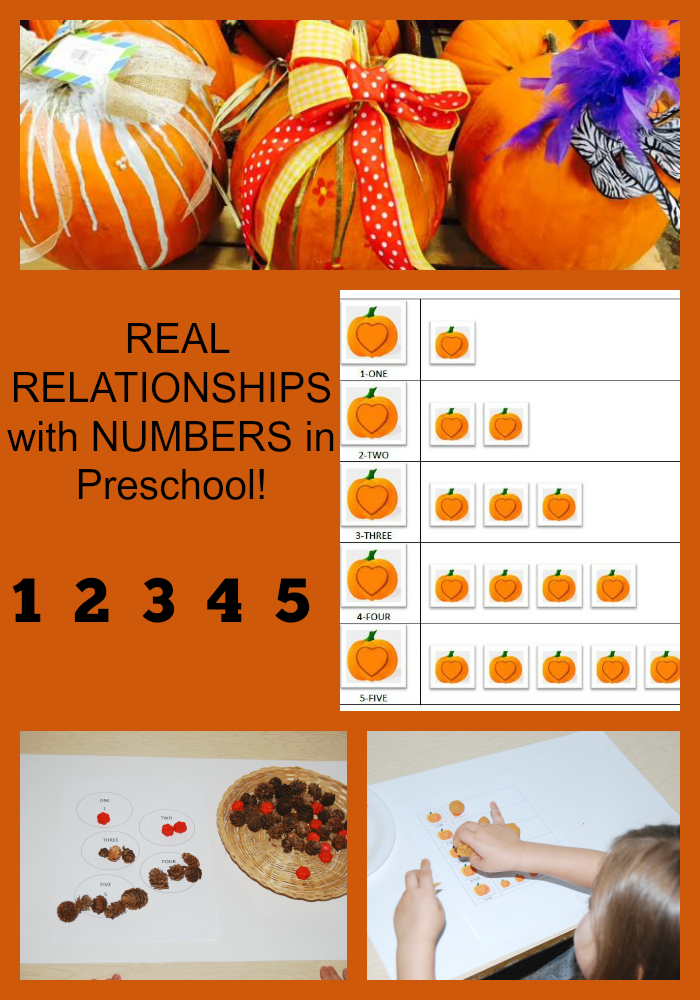
ESTABLISHING REAL RELATIONSHIPS with NUMBERS in PRESCHOOL!
Parents are a child’s first teacher! Early number awareness begins even in infancy. Counting little toes, fingers, and other body parts are often a part of early rhymes, games, and counting songs that parents use to immerse young children in number awareness! As children grow, toddlers will begin early number recognition and often learn to verbally count up to 5 (or even 10)! Although number recognition and learning to count up are important memorization skills, by the time kids are in preschool, parents and teachers can help our kids establish real relationships with NUMBERS! Many parents (and even some teachers) want to rush through explorations with smaller numbers and move as quickly as possible to larger ones. Preschoolers need PLENTY OF PRACTICE with the numbers 1-5 in order to build a strong foundation for early math intuition!
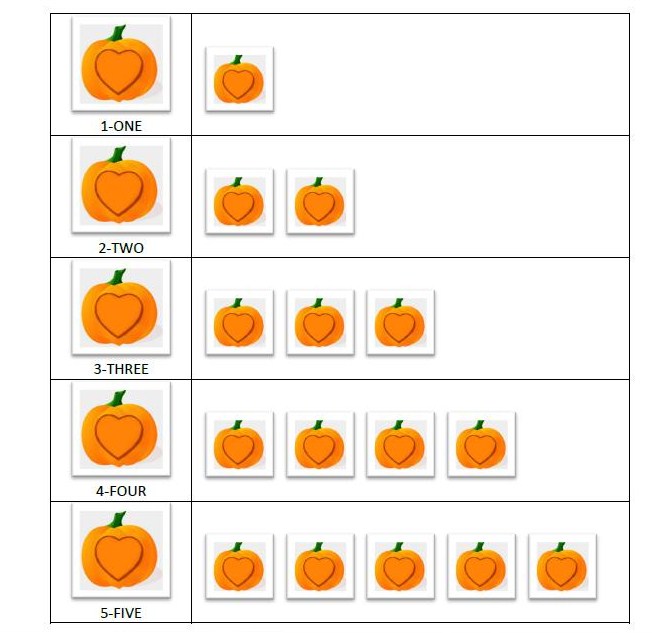 PUMPKIN PLAYDOUGH COUNTING MATS for One-to-One Correspondence!
PUMPKIN PLAYDOUGH COUNTING MATS for One-to-One Correspondence!
One-to-One Correspondence is the knowledge that a certain number relates to a specific quantity of objects. The goal is to help preschoolers gain confidence not only with number recognition, but to help them move beyond just recognition and toward the question: How many items make up any specific number?
Pumpkin Playdough Counting Mats for the Numbers 1-5.
Materials needed:
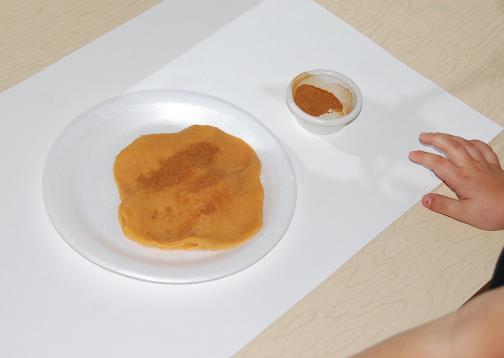
- Commercial or Homemade Playdough – our kids used homemade orange playdough, but kneaded pumpkin pie spice into the dough to create an extra sensory layer. The Sense of SMELL is a powerful learning tool for young kids. We use every opportunity possible to engage the senses when playing to learn!
- Pumpkin Playdough Mat Numbers 1-5
Directions: Print the pumpkin playdough mats (linked above) and laminate for durability. Review the numbers on the printable and invite kids to roll one playdough ball to place on each pumpkin in the larger box (note – demonstrate for the kids how to place a small portion of playdough in the palm of one hand and roll it around with opposite hand to create a ball). Have the kids initially count out loud as they place each playdough ball on the pumpkins. When the children are finished, go back and say each number and count the number of playdough pumpkins in each row together! As the children practice, they will gain awareness of just HOW MANY items correspond to each of the numbers 1-5.
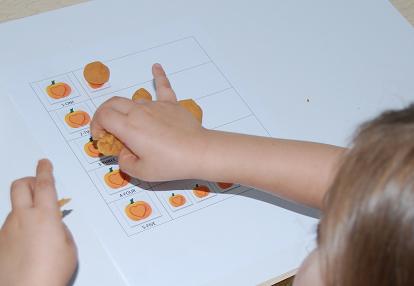 Extension Activity – Use page 2 of the pumpkin playdough mats and invite students to place the corresponding number of items within the circles. As the kids practice placing items together within the circles, they will also be gaining awareness of small groups of items.
Extension Activity – Use page 2 of the pumpkin playdough mats and invite students to place the corresponding number of items within the circles. As the kids practice placing items together within the circles, they will also be gaining awareness of small groups of items.
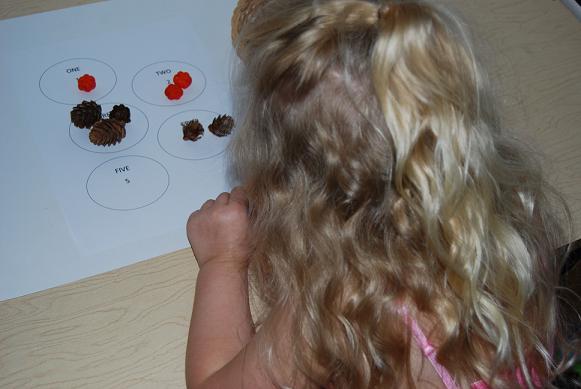 SUBITIZING in PRESCHOOL!
SUBITIZING in PRESCHOOL!
Subitizing is the ability to instantly recognize small quantities of objects. The ability to just INTUITIVELY KNOW how many items are in a group requires practice! Daily discussions and interactions can greatly enhance subitizing skills.
To help preschoolers with subitizing, initially focus on groups of 5 items or less. Math does not need to be limited to tangible concrete manipulatives for children to understand, but using manipulatives in the beginning adds the extra tactile layer many children need.
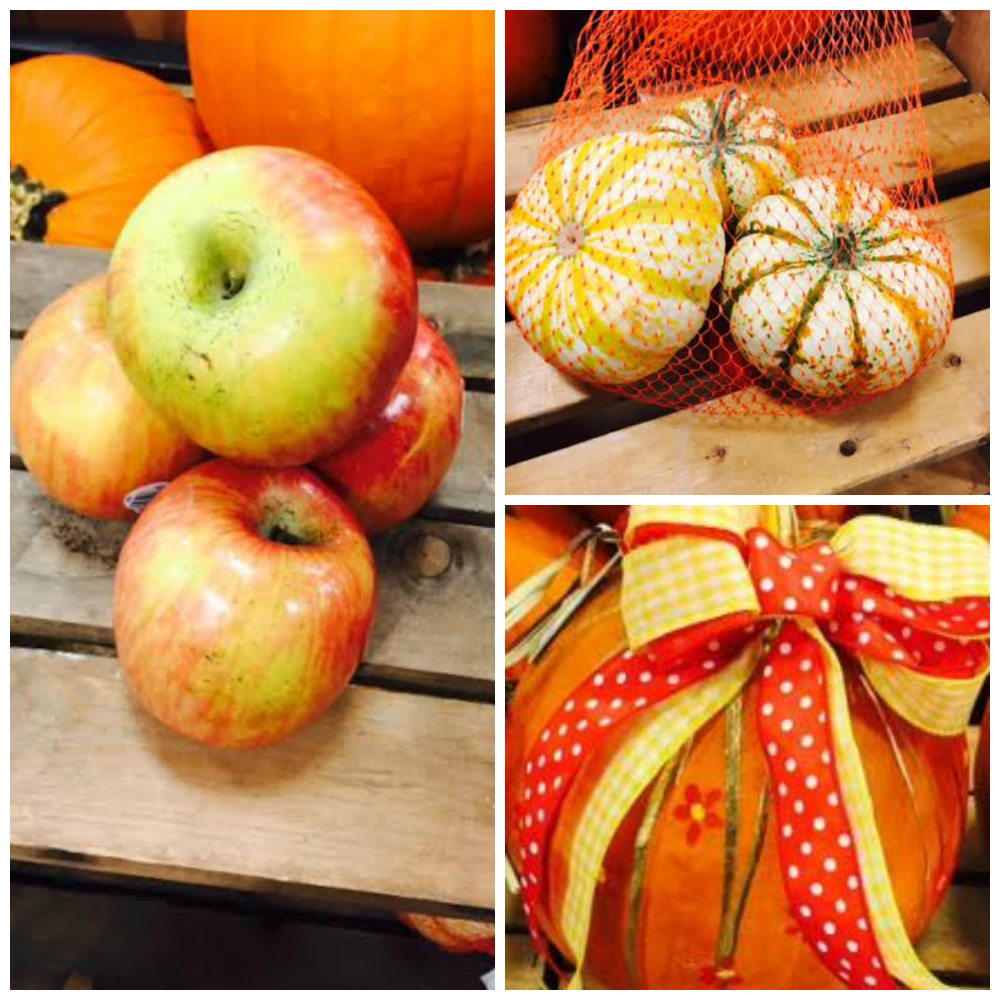 Look around the house, classroom, neighborhood, or community for items that are together in small groups. Ask the children HOW MANY are in the group? Count the items to see if the answer was correct! When children are able to visually scan a small group of items and intuitively KNOW there are X number of items, they will have developed good subitizing skills.
Look around the house, classroom, neighborhood, or community for items that are together in small groups. Ask the children HOW MANY are in the group? Count the items to see if the answer was correct! When children are able to visually scan a small group of items and intuitively KNOW there are X number of items, they will have developed good subitizing skills.
Daily practice with Number Recognition, One-to-One Correspondence, and Subitizing, will encourage preschoolers to develop real number relationships. The number 5 is an important math anchor; the more practice young children have with the numbers 1-5, the stronger the foundation for exploring increasingly larger numbers!
For MORE ways to play with the numbers 1-5 and encourage INTUITIVE MATH SKILLS- please visit:
- 5 and 10 Frames in Preschool!
- Decomposing Numbers with Pumpkin Seeds – free printables for each of the numbers 1-10.
Please take a moment to view the other great suggestions from the Early Childhood Education Team for playful learning with the NUMBERS 1-5!
Gross Motor Number Line by Still Playing School
How many gems am I holding? Pre-K and Kinder Guessing Game From 0 to 5 by Capri + 3
How Many? 0 to 5 Number Pattern Recognition by Rainy Day Mum
Free Counting to 5 Game: Construction Theme by Life Over C’s
0-5 Number Games with Dry Erase Apple Cards by Tiny Tots Adventures
I Spy Activity by Munchkins and Moms
Learning Numbers on Alphabet Road by Mom Inspired Life
Counting Cars Numbers 0-5 Book by Learning 2 Walk
Segmenting Words: Clap Counting by Growing Book by Book